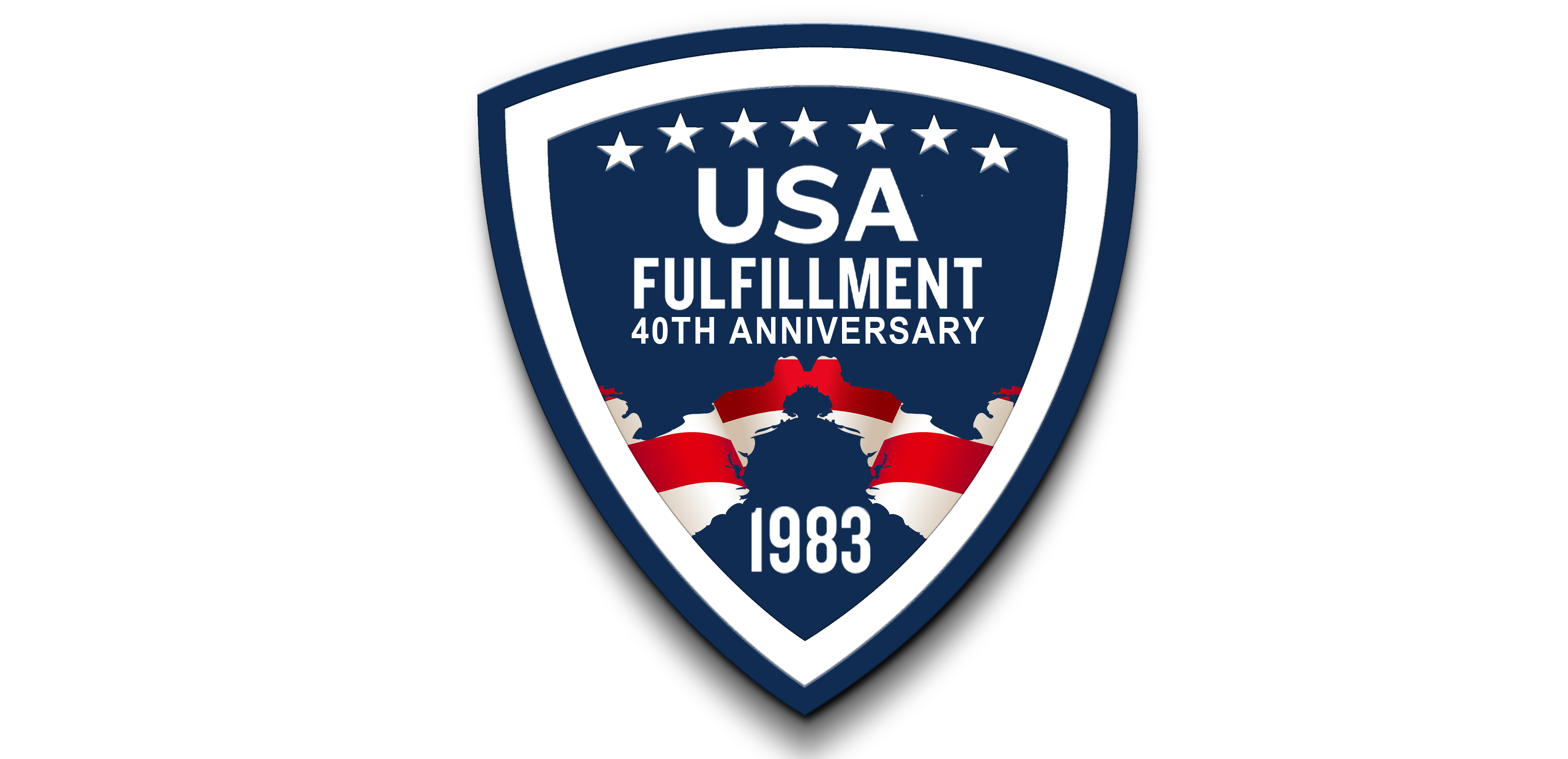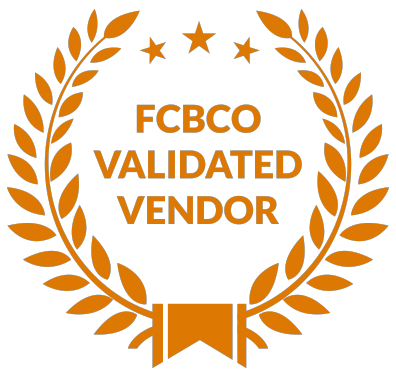Warehousing Solutions For Seasonal Inventory Swaps This Spring
Warehousing Solutions For Seasonal Inventory Swaps This Spring
…
Warehousing Solutions
How Smart Warehousing Can Make or Break Your Seasonal Strategy
Spring doesn’t just wake up flowers and allergy season—it also triggers one of the biggest inventory shakeups of the year. New SKUs start rolling in. Dead weight from winter needs to get cleared out. Promotions change. Customer expectations shift. If your warehouse operations aren’t tuned up and ready to pivot, you’re not just behind—you’re vulnerable.
So here’s the real question: Is your warehouse company built for seasonal agility? Or are you flying by the seat of your post-holiday pants, hoping your team can juggle it all?
Let’s talk about why warehousing solutions tailored specifically for spring inventory swaps are essential—and why the right approach doesn’t just solve short-term issues but sets you up for smoother operations all year long.
What Actually Happens During a Seasonal Inventory Swap?
A lot more than you might think.
Yes, the obvious happens—winter items out, spring items in—but what’s really going on behind the scenes?
-
Storage needs double: For a while, you’re holding two seasons’ worth of product. That space? It gets tight.
-
Workflows shift: Everything from pick-and-pack routines to bin assignments has to adjust.
-
Data piles up: Real-time visibility into what’s moving and what’s not is more critical than ever.
-
Returns spike: Winter markdowns mean returns are rolling in just as new products hit the shelves.
-
Timing is everything: If you lag by even a few weeks, you risk missing the early-season surge that sets the tone for Q2.
Sound familiar? If so, you’re not alone—and if not, you might be one spring surge away from a rude awakening.
Why This Time of Year Can Break a Warehouse Operation
Let’s not sugarcoat it—spring can be brutal if you’re not prepared.
Here’s what happens when a warehouse company doesn’t have a seasonal strategy in place:
-
Overstocked SKUs clog up prime real estate
-
Employees waste time searching for mis-slotted products
-
Order accuracy takes a dive (hello, returns)
-
Your spring product launches? Delayed
-
Carriers and suppliers get frustrated with your lack of coordination
Now flip the script.
What happens when you do have a strong seasonal transition strategy in place?
-
Your inbound and outbound flows are balanced and efficient
-
Your team knows exactly where everything is
-
You avoid the scramble and reduce overtime labor
-
Your brand reputation stays rock-solid because orders ship right and on time
Assess Current Fulfillment Efforts. Take Quiz Now!
So…What’s the Fix? Smart Warehousing Solutions.
You don’t need to burn everything down and start over. You just need better systems and smarter warehousing solutions. Let’s dig into them.
1. Seasonal Slotting Strategy
Don’t wait until spring hits to decide where products will go. Plan your slotting in advance so that incoming SKUs have a dedicated, optimized space the minute they arrive.
-
Use velocity data from last year to assign prime real estate to fast-moving SKUs
-
Rotate slow-movers to the back of the line
-
Pre-map your bin-to-SKU assignments using last year’s seasonal order behavior
2. Dedicated Transition Zones
Set up buffer zones within the warehouse to hold either:
-
Overstocked winter products on their way out
-
Early-arrival spring products that aren’t live yet
This helps you avoid cramming and keeps your pick paths clean and fast. It also gives your receiving team room to breathe without getting in the way of outbound operations.
3. Real-Time Inventory Visibility
Your inventory management system should give you live updates on:
-
What’s arriving
-
What’s selling
-
What’s sitting
If you’re working off spreadsheets, this is your sign to upgrade. A high-quality fulfillment partner brings this tech to the table—no need to invest in it yourself.
4. Returns Triage Workflow
Returns flood in during seasonal transitions. But most operations just toss them into a pile to “deal with later.” Don’t be that warehouse.
Create a mini assembly line for returns during spring:
-
Scan and evaluate items the same day they arrive
-
Restock what’s resellable quickly
-
Offload clearance inventory to secondary markets before it eats up space
A fulfillment partner with reverse logistics experience can handle this without clogging your lines.
5. Surge Staffing Without Chaos
Hiring a bunch of temps sounds easy, until you realize no one trained them, and now your error rate is through the roof.
Spring requires extra hands—but they have to be the right ones.
A good strategy:
-
Cross-train your full-time team before the surge hits
-
Schedule your surge hires to shadow experienced workers
-
Use fulfillment partners who offer trained labor and can scale with you
6. Proactive Demand Planning
Don’t rely solely on historical sales trends. Spring demand fluctuates based on:
-
Weather patterns (warm spring? sandals fly. Cold spring? Coats linger.)
-
Supplier availability
-
Marketing promos and flash sales
A strong fulfillment partner helps you adapt to those changes in real time. When they can flex inventory storage and shipping volume based on actual demand—not your forecast—you win.
7. Clear Communication Across the Supply Chain
Seasonal transitions collapse when communication breaks down.
Avoid this by:
-
Setting weekly spring surge meetings with key stakeholders
-
Using shared dashboards to track incoming shipments and outgoing volumes
-
Looping in your warehouse or fulfillment partner to proactively plan for space and staffing needs
Why This Matters More Than You Think
You might be thinking: “Okay, this all sounds great—but what if we just muddle through spring like we always do?”
Here’s the risk in that mindset:
-
Customer churn: People remember late spring shipments and product availability fails
-
Cost spikes: Rushed operations equal more labor hours, expedited shipping, and waste
-
Team burnout: Seasonal stress crushes morale if your staff isn’t set up for success
In short? Ignoring seasonal transitions is expensive.
What a Fulfillment Partner Can Quietly Do for You
Here’s the part that matters—without us having to say “partner with us.”
A qualified fulfillment partner already has:
-
Dynamic slotting capabilities
-
Real-time inventory tracking
-
Surge staffing
-
Reverse logistics systems
-
Scalable space
-
Transition-season expertise
You just walk in with your products. They do the rest. And your spring season? Streamlined, scalable, and profitable.
Spring Clean Your Warehouse Strategy
Here’s the bottom line. Seasonal inventory swaps are not just a logistics nuisance—they’re a strategic inflection point. They test your systems. They push your people. They stress your space and your processes. But if you prepare well and rethink how you handle transitions with strong warehousing solutions, spring becomes a launchpad—not a setback.
So ask yourself:
-
Do you have a seasonal slotting plan ready?
-
Are your SKUs transition-ready?
-
Is your tech giving you the visibility you need?
-
Can your team flex and scale without chaos?
-
Do you have the right support in place?
If you’re hesitating on any of those answers, this is the moment to rethink your spring warehousing strategy—and not just for spring’s sake. The systems you put in place now will serve you for the rest of the year.
Smart warehousing solutions aren’t just about spring—they’re about building a resilient, responsive operation that can handle any season.
Interested in learning more? Give us a call, we’d love to chat.




